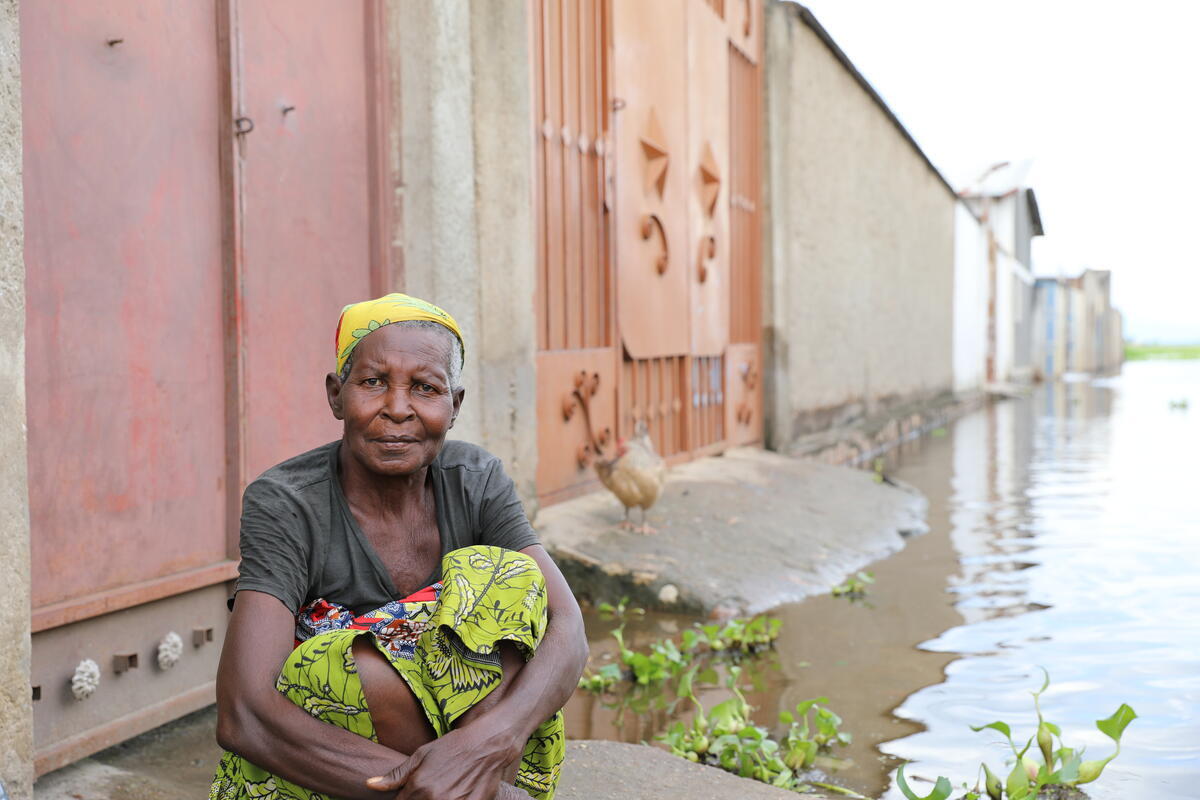Burundi: movement of Congolese away from borders scheduled for next week
Burundi: movement of Congolese away from borders scheduled for next week
Thousands of Congolese refugees are scheduled to start moving next week from temporary transit centres in the border area in Burundi to more secure locations inside the country. The first transfer to the new camp of Giginha, in Mwaro province, some 50 km from the capital Bujumbura, is scheduled to take place on Tuesday. Transit centres in the border area will be closed as soon as the refugees are relocated.
The transit centre at Gatumba, the scene of the 13 August massacre that claimed the lives of more than 150 innocent refugees, is already closed. Refugees at Gatumba, some temporarily sheltered in schools there since the attack and others living in the town and nearby areas, will now be able to move to Giginha camp.
Of the two remaining border transit centres - Rugombo and Kararuma, in the north-west province of Cibitoke - Rugombo already stands almost empty. Many refugees have left Rugombo of their own free will, with large numbers reportedly having departed for the Democratic Republic of the Congo (DRC). Those that remain behind, and who want to relocate, will also move to the new sites inland. Kararuma transit centre remains heavily populated, with about 6,000 Congolese refugees in the area. These refugees will also be given the option to relocate.
UNHCR and ONUB [United Nations Operation in Burundi] troops will be going to the new site at Giginha on Saturday, to ensure that all security measures are in place to ensure the safety of the refugees once they arrive next week. As well as Giginha, which is now ready to receive a minimum of 6,000 refugees, UNHCR is working with partner agencies to open another new camp at Giharo, in the eastern province of Rutana. Preparations are still underway there to organise shelter, food, water, medical and educational services for several thousand refugees.
A third camp, which already existed and sheltered 8,000 Congolese refugees in Gasorwe before the latest influx from DRC in June, also has the capacity to receive more refugees. Since 29 July, five convoys have already transported 390 of the new Congolese refugees from the border area. The latest convoy, on Tuesday this week, took 130 refugees from Rugombo, and three from Bujumbura, to Gasorwe.
The Burundian government took the decision to close all transit centres in the border area in the aftermath of the August attack. Refugees have been given three options: to relocate to the camps further inland, to apply for residency in their local areas in Burundi, or to return to DRC if they so wish.
UNHCR does not at this moment assist Congolese refugees to repatriate to DRC, because conditions in their regions of origins are not yet conducive to safe return. But we know that large numbers of Congolese have gone back. We have no specific figure for this spontaneous movement for two reasons. Refugees who decide to return to the DRC are not obliged to inform us that they are leaving, and over recent weeks our monitors have been unable to work at the border for security reasons.








